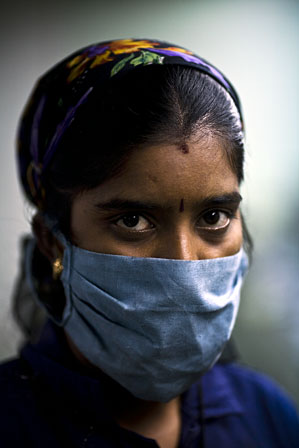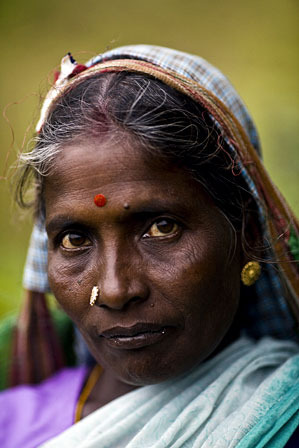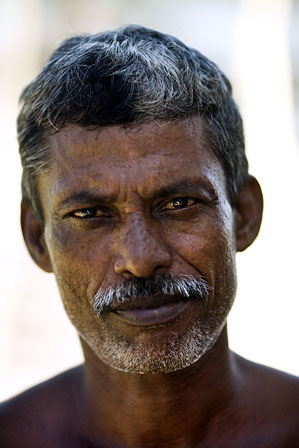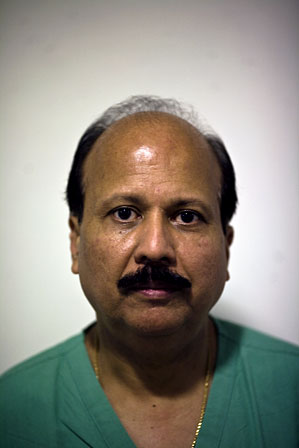
The internet is a vast ocean of information. The challenge is separating the valuable, trustworthy information from the spam. If you know how to find what you need, you can save yourself precious time and embarrassing factual errors.
These 9 websites that will help you do just that. Whether you need to research a paper, study for a test, or get help on a homework assignment, these sites are the best place to start.
1.) Google
I think it’s safe to say we’re all familiar with the Big G. Google is the king of search. With the rising popularity of niche content sites, it’s getting easier and easier to find exactly what you want by searching for it in Google.
Quick Tip 1: Memorize the most important Google operators and learn to use them efficiently. These extra commands are crucial for laser-targeting your search queries.
Quick Tip 2: Get the Google Toolbar for your browser (or just use Firefox.) It lets you search Google right from your browser, and saves you the added step of going to the Google homepage each time.
2.) Wikipedia
I don’t care what your instructors say, Wikipedia is great! If you want a brief overview of a topic and you want it fast, Wikipedia is second to none.
Wikipedia is a good textbook-replacer because it gives the same broad, over-arching view of a topic that any textbook can give you. Sometimes Wikipedia is better than your textbook. I’ve successfully used Wikipedia to study for a 300-level college psychology exam.
Quick Tip: Add “wiki” on the end of whatever you’re searching for in Google, and it will give you the Wikipedia page on that topic.
Quick Tip #2: The good Wikipedia pages cite their sources. When you are writing a research paper, instead of citing the Wikipedia page (which most instructors don’t allow,) cite the source that Wikipedia lists at the bottom of the article.
3.) Scholarpedia
Looks and feels like Wikipedia, but with a more “scholarly” atmosphere. It has less topics than Wikipedia, but goes more in depth into each subject.
Scholarpedia has more stringent posting standards, like only allowing experts to post, giving each article a “curator,” and requiring each article to be peer-reviewed. Use this site if you need a little more detail than the Wikipedia page provides.
4.) Yahoo Answers
Yahoo answers is a community where regular folks can ask and answer questions. Have a history question? Stuck on your math homework? Go to the Yahoo Answers and ask anything you want. I guarantee it will get answered; and fast too.
Quick tip: If you have a specific homework question you need answered, go to “Education & Reference” and then “Homework Help.” Then type up the whole question verbatim. I’ve seen people post Calculus and Trigonometry equations and get them solved fairly quickly!
5.) AllExperts
Like Yahoo answers, but with experts. It will take longer to receive replies, but they are usually more informative.
6.) About.com
About.com has thousands of articles on thousands of topics. It’s a little more reliable than Wikipedia because they pay free-lance experts to write for them.
Plus, About.com is old school. They have been around since 1996, so they have quite a library of good informative content built up.
7.) CliffsNotes
Good old CliffsNotes. They have saved my hide many times. CliffsNotes provide study guides and summaries of many novels. If a book typically part of a school curriculum, it’s probably in CliffsNotes.
CliffsNotes will help you analyze the main points of a book, understand the symbolism, and even give you a practice quiz. And it can be a big help when you…er….you know, maybe didn’t really read the book. 
8.) SparkNotes
Like Cliff’s notes, and just as good. Sometimes one site won’t have a book you need so you can use them both interchangeably.
9.) How Stuff Works
If you need to figure out “how something works,” go here. Their guides aren’t just on machines either. They give detailed explanations of science theories, political systems, historical events, and a lot more.
How Stuff Works is great if you’re in a class that’s heavy on theory, and you need things explained in normal every-day language.
http://www.pickthebrain.com/blog/9-websites-to-satisfy-all-your-research-needs/




















































